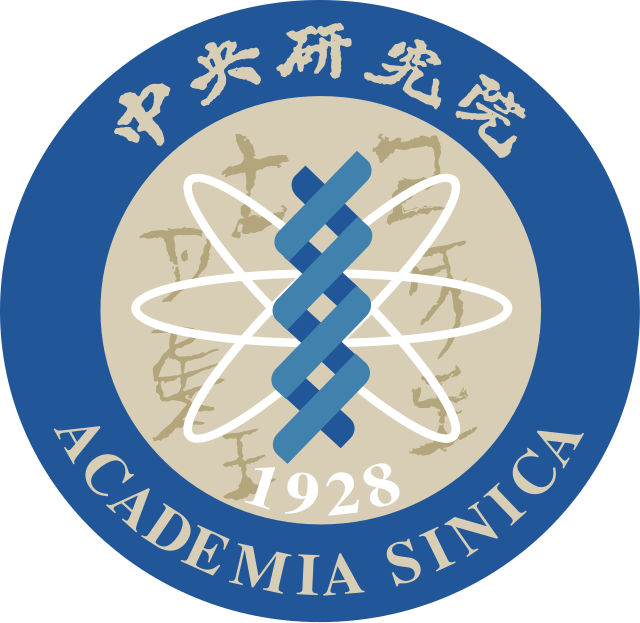Carbohydrate Mass Spectrometry Laboratory
Research Field
•Teaching Assistant, Department of Chemistry, National Tsing Hua University, Taiwan (1987 Aug. ~ 1988 Jul.)
•Postdoctoral Research Fellow, Department of Chemistry, University of California, Berkeley, CA, USA (1993 Aug. ~ 1995 Jun.)
•Postdoctoral Research Fellow, Institute of Atomic and Molecular Sciences, Academia Sinica, Taipei, Taiwan (1995 Jul. ~ 1998 Mar.)
•Assistant Research Fellow, Institute of Atomic and Molecular Sciences, Academia Sinica, Taipei, Taiwan (1998 Apr. ~ 2002 Feb.)
•Associate Research Fellow, Institute of Atomic and Molecular Sciences, Academia Sinica, Taipei, Taiwan (2002 Feb. ~ 2006 Sept.)
•Adjunct Associate Professor, Department of Chemistry, National Tsing Hua University, Hsinchu, Taiwan (2005-2007)
•Research Fellow, Institute of Atomic and Molecular Sciences, Academia Sinica, Taipei, Taiwan (2006 Sept. ~ present)
•Adjunct Professor, Department of Chemistry, National Tsing Hua University, Hsinchu, Taiwan (2007 ~ present)
Carbohydrate mass spectrometry laboratory
Traditional analytical methods for structural determination of oligosaccharides use chemical reactions, or nuclear magnetic resonance (NMR) spectroscopy, both methods are time-consuming and require large amount of samples. The sensitivity of mass spectrometry is three to four orders of magnitude higher than the traditional chemical methods and NMR spectroscopy. However, conventional mass spectrometry methods only provide information regarding the sequence and linkage positions in oligosaccharides. Information of anomeric configurations (a- and b- anomericity) and stereoisomers (e.g., glucose, galactose, and mannose, or GlcNAc and GalNAc) in oligosaccharides is not available from these methods.
Our laboratory focuses on the carbohydrate primary structural determination using mass spectrometry. We recently developed a new mass spectrometry-based method, namely logically derived sequence (LODES) multistage tandem mass spectrometry (MSn), for the primary oligosaccharide structural determination. LODES/MSn involves sequential low-energy CID of oligosaccharides in an ion-trap mass spectrometer, wherein the sequences of CID in MSn are derived from carbohydrate dissociation mechanisms. LODES/MSn can determine linkage positions and anomeric configurations, and differentiate stereoisomers. It has high sensitivity and can be used for real-time online structural determination of small oligosaccharides eluted from high-performance liquid chromatography (HPLC). Complete CID sequences for tandem mass spectrometry can be programmed into computers, making the automatic structural determination of oligosaccharides possible.
•Structural identification of carbohydrates extracted from various biological samples using mass Spectrometry
•Development of new mass spectrometry method for carbohydrate structural identification
•Development of new mass spectrometer for carbohydrate structural identification
•Investigation of carbohydrate dissociation mechanisms in gas phase
•Hammett Awards & Hammett Fellowship, Chemistry Department, Columbia University, New York, NY, USA. 1993.
•Outstanding Young Scholar Award, Department of Chemistry, National Tsing Hua University, Taiwan 2007.
•Distinguished Research Award, National Science Council, Taiwan 2010.
•Outstanding Scholar Award, Taiwan Society for Mass Spectrometry, 2019.
•Outstanding Scholar Awards, Foundation For The Advancement of Outstanding Scholarship, 2021.
•Academia Sinica Presidential Scholars Program, 2021.
•B. S., Chemistry, 1985, National Tsing Hua University, Hsinchu, Taiwan
•Ph. D., Chemistry, 1993, Columbia University, New York, NY, USA
